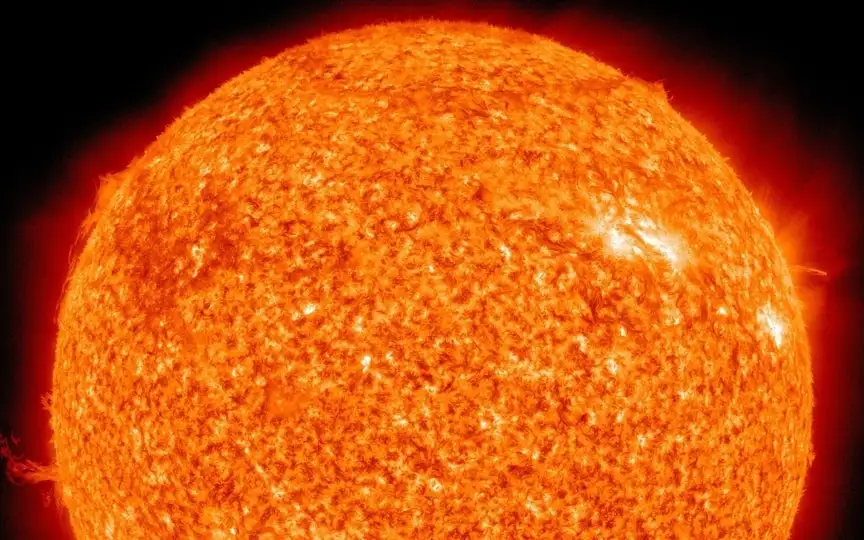Solar Flare Causes Blackouts in US as CME Heads Towards Solar Orbiter
Solar activity has been increasing since the beginning of the month, with several solar flare eruptions and a few solar storms occurring. Fortunately, these events were not significant and had minimal impact. However, in the past 24 hours, the situation has changed. A solar flare of M2.12-class erupted, causing a shortwave radio blackout across the Americas. Additionally, a powerful coronal mass ejection (CME) cloud has been detected heading towards the Solar Orbiter, a Sun-observing probe operated by the European Space Agency (ESA), and is expected to hit it today, September 9. These incidents have raised concerns about the possibility of a severe solar storm hitting Earth in the near future.
CME Strike for Solar Orbiter
According to a report by SpaceWeather.com, “A distant halo CME is heading straight for the spacecraft. According to NASA’s model, the CME will strike on September 9, when Solar Orbiter’s sensors will see the storm in situ. The source of the explosion was probably active sunspot AR3414, which is now passing on the other side of the Sun.
Fortunately, Solar Orbiter is not within line of sight of Earth, and as such this CME is unlikely to come close to our planet. Additionally, Solar Orbiter is not expected to sustain any damage as the spacecraft is built to accommodate such eventualities, and the probe is protected by several layers of shielding films – to a certain extent.
A solar flare triggers a radio blackout
On September 8, an M2.12 magnitude solar flare erupted on the Sun, marking the strongest activity in the past 72 hours, according to SpaceWeatherLive, which posted about it on its official X account. Soon the same source reported a small R1 radio blackout that hit the Pacific Ocean adjacent to North and South America. But that was not the end of the consequences of this solar flare.
Solar storm warning
Finally, Tamitha Skov, a famous space weather physicist, posted on X that a solar storm is likely to hit Earth tomorrow or the day after tomorrow. He said: “We may have another #solarstorm coming! Area 3425 fires an M2 flare and partially fires a filament at the edge of the ground strike zone. Now we are waiting for corona pictures to see if this #solarstorm might graze the Earth. If so, the impact could be late September 10th or early September 11th.




